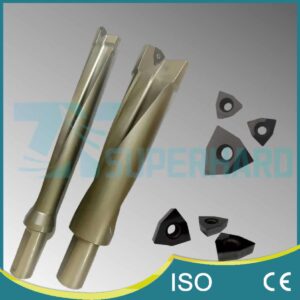-
Whatsapp: +86 13526572721
-
Email: info@zydiamondtools.com
-
Address: AUX Industrial Park, Zhengzhou City, Henan Province, China
-
Whatsapp: +86 13526572721
-
Email: info@zydiamondtools.com
-
Address: AUX Industrial Park, Zhengzhou City, Henan Province, China
Introduction Of Polycrystalline Diamond (PCD) Tools
- PCD & CBN Tools Knowledge
- -2022-12-09
- - byKevin Ray
- Home
- >
- Knowledge
- >
- PCD & CBN Tools Knowledge
- >
- Introduction Of Polycrystalline Diamond (PCD) Tools
Post Categories
Product Categories
About Company
Contact Us
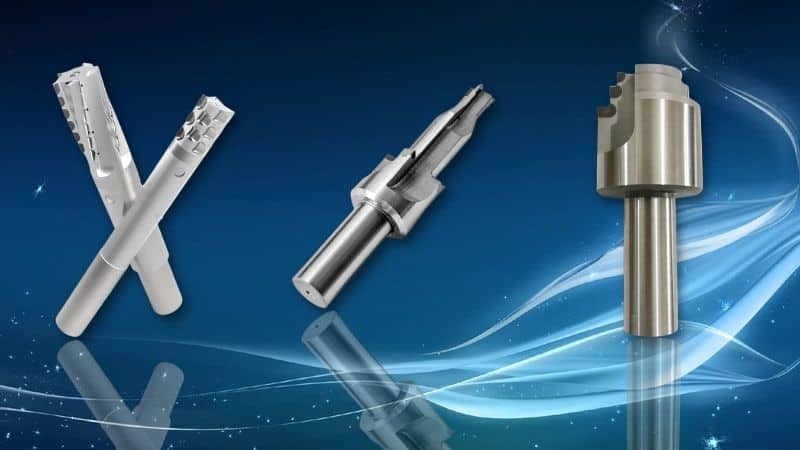
Table of Contents
Polycrystalline diamond (PCD) tools are used in a variety of industrial applications, such as machining, drilling, and cutting. They are composed of small diamonds bonded together under high temperatures and pressure to form a single polycrystalline structure. PCD tools offer many advantages over traditional metal tools, including increased cutting speed, improved cutting-edge durability, and superior resistance to wear. Additionally, PCD tools are capable of machining a wide range of materials with minimal vibration and heat generation, allowing for higher-quality work at a lower cost. With numerous advantages, PCD tools have become an increasingly popular choice in industrial applications.
What Are Polycrystalline Diamond (PCD) Tools?
Polycrystalline diamond (PCD) tools are composed of small diamonds bonded together under high temperatures and pressures to create a single polycrystalline structure. This allows them to provide superior cutting performance compared to traditional metal tools.

Properties Of PCD Tools
PCD tools have a higher resistance to wear and abrasion than other tool materials, resulting in longer life and improved cutting performance. Additionally, PCD tools have higher thermal conductivity than other tool materials, making them better suited for high-speed operations. Finally, due to their smaller size and uniform diamond grain structure, PCD tools generate less vibration and heat when machining a workpiece.
Classification Of PCD Tools
PCD tools are classified based on their shape and type. The most common shapes are flat, ball, corner radius, and diamond edge. Different types of PCD tools include single-point, multi-point, router bits, drill bits, and reamers.
How Can We Use PCD Tools In Processing?
1. Cutting
PCD tools are ideal for cutting hard materials such as metals and composites.
2. Drilling
PCD tools provide improved accuracy, faster drilling speeds, and increased tool life when compared to traditional drill bits.
3. Milling
PCD tools can be used for milling operations such as pocket milling, side milling, and face milling.
4. Turning
PCD tools are used for turning operations such as threading and grooving.
5. Reaming
PCD reamers enable faster-reaming speeds and improved surface finish.

What Are The Advantages Of Using PCD Tools?
1. Superior cutting performance
PCD tools offer superior cutting performance compared to traditional metal tools, allowing for faster machining speeds and improved tool life.
2. Reduced vibration and heat generation
Due to their small size and uniform diamond grain structure, PCD tools generate less vibration and heat when machining a workpiece. This results in an improved surface finish and less material waste.
3. High resistance to wear
PCD tools have higher resistance to wear and abrasion than other tool materials, resulting in longer life and improved cutting performance.
4. Wide range of applications
PCD tools are suitable for a wide range of machining operations on hard materials such as metals, composites, and ceramics.
5. Cost-effectiveness
PCD tools offer a cost-effective solution for industrial applications due to their superior cutting performance and longer life compared to other tool materials.
Advice On Choosing The Right PCD Tool
1. Select the right shape
Choose the right shape based on your application, as different shapes offer different performance characteristics.
2. Choose the cutting edge material
When choosing a PCD tool, consider the type of cutting-edge material that will best suit your application.
3. Consider the size and geometry
For optimal performance, pay close attention to the size and geometry of the tool.
4. Consider the operating conditions
When selecting a PCD tool, consider the machining environment, such as temperature, pressure, and speed.
5. Select a supplier with experience
Choose an experienced supplier who can provide reliable and quality tools suited for your application.
6. Test different tool materials
If possible, test different PCD tool materials to ensure they fit your application best.
Following these guidelines will help you select the right PCD tool for your application and ensure optimal performance. When selecting a PCD tool, it is important to consider the tool’s shape, edge material, size, and geometry, as well as the machining environment. An experienced supplier can provide reliable tools that are suited for your application. Finally, testing different tool materials can help you select the best option for your needs.

Application Of PCD Tools
PCD tools are widely used in the automotive, aerospace, medical and electronics industries. They are ideal for machining hard materials such as metals, composites, and ceramics. PCD tools are also used in the oil & gas industry for drilling and milling applications as they offer superior cutting performance than other conventional tool materials. Furthermore, they are used in the woodworking industry for cutting and shaping hardwood. In addition, PCD tools are also used in the jewelry industry for the precision machining of precious metals.
How To Keep PCD Tools In Good Condition
To ensure optimal performance and longer life of your PCD tools, keeping them in good condition is important. Here are a few tips to help you maintain your tools:
1. Always use the appropriate tool for the job – wrong tools can cause damage and premature wear.
2. Store PCD tools properly – this will help avoid accidental damage and contamination from foreign materials.
3. Make sure the tool is tightened properly in the spindle – this will prevent vibration and ensure that chips are effectively removed.
4. Clean your PCD tools regularly – this will help to remove built-up debris and extend the life of your PCD tool.
5. Inspect your tools regularly – regular inspections will help to identify any damage or wear, which can be rectified before it causes further damage.
6. Use the correct cutting parameters – this will ensure that you achieve optimal results with minimal wear and tear on your tools.
You can ensure optimal performance and longer life by taking proper care of your PCD tools. With regular cleaning, inspection, and correct cutting parameters, your PCD tools will be able to perform at peak levels for longer periods.
Conclusion
PCD tools are ideal for machining hard materials such as metals, composites, and ceramics. They offer superior performance compared to conventional tool materials and are widely used in multiple industries. To ensure that your PCD tools perform optimally, selecting the right shape, cutting-edge material, size and geometry of the tool are important. I hope this article has been helpful to you. If you have more questions, please feel free to contact us. We will give you a professional service!
Related Posts
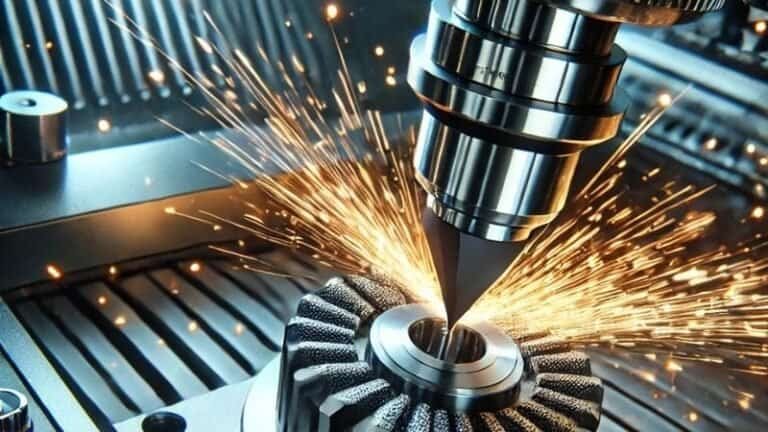
PCD Tools: The Ultimate Guide to Polycrystalline Diamond Cutting Tools
Polycrystalline Diamond (PCD) tools set the standard for advanced machining with unmatched hardness and wear resistance. Offering 2-3 times the
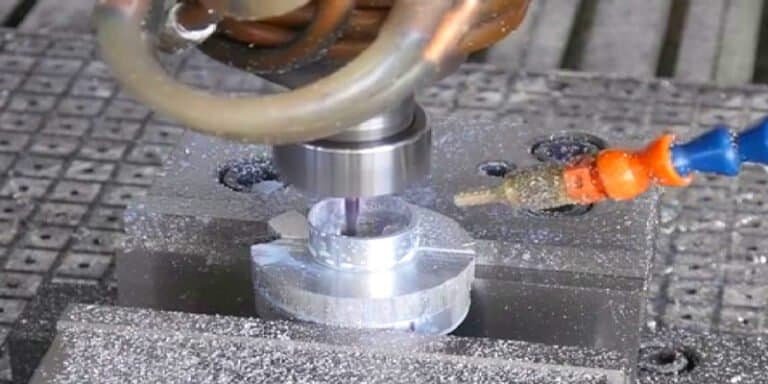
Application of PCD tools In Automobile Piston Processing
PCD tools raw materials introduction: PCD refers to the poly-crystal formed by mixing diamond powder (particle size of micron) with a small
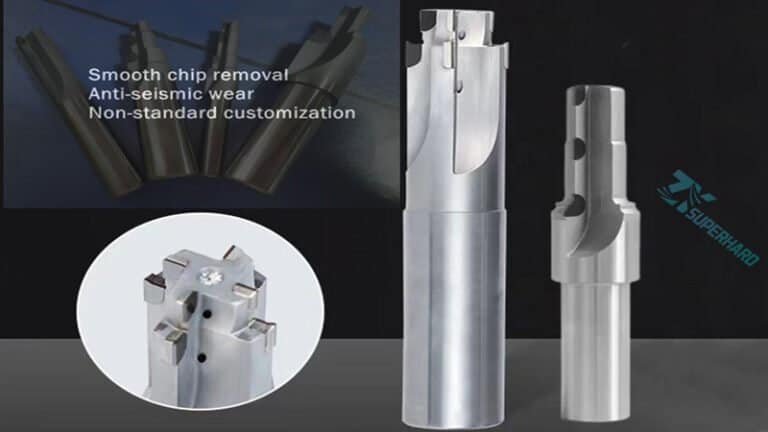
PCD Diamond Reamer Cutting Parameters
PCD diamond reamer, namely polycrystalline diamond reamer, is a kind of high speed cutting tool using polycrystalline diamond as blade
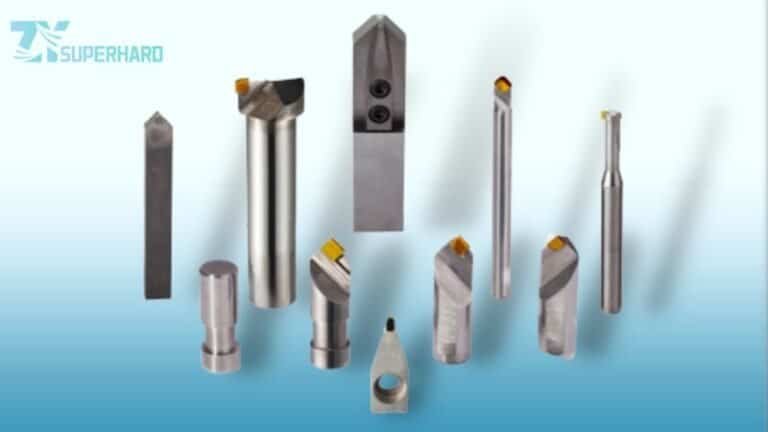
Exploring the Different Types of PCD Diamond Cutting Tools
Polycrystalline Diamond (PCD) is a synthetic diamond product that is produced by sintering together selected diamond particles with a metal
Subscribe
Simply enter your email below and click “Subscribe” to stay connected with everything new and exciting.

